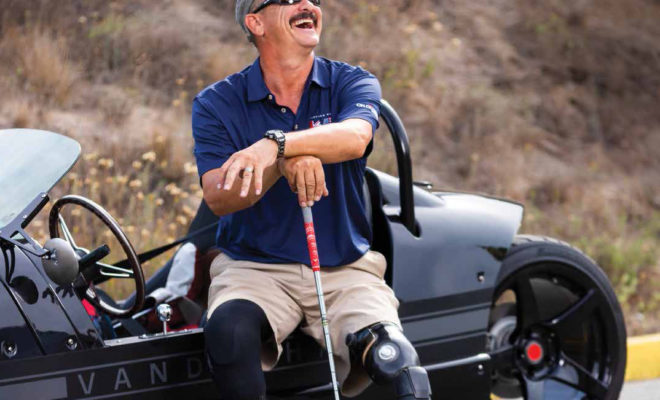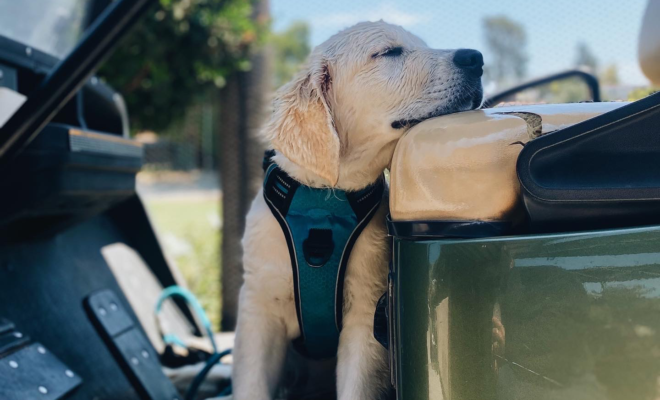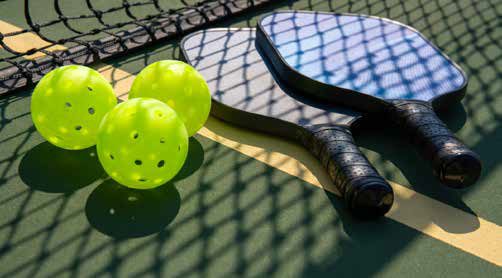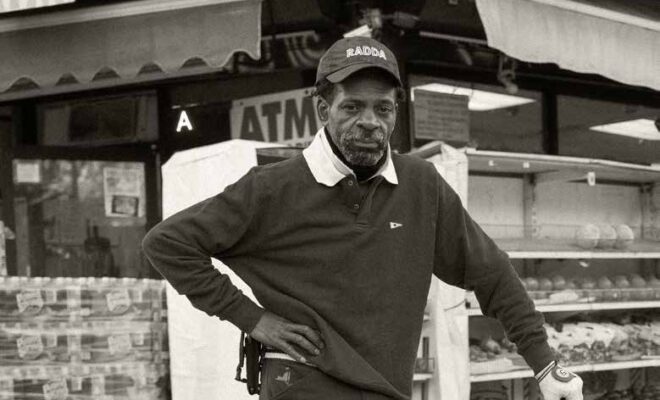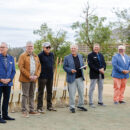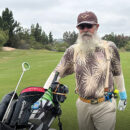Teaching the Game to Disabled Athletes
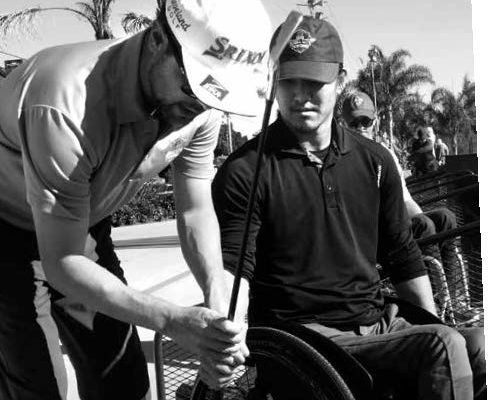
Like most other days, the sky is blue and the sun bright gold at Westchester GC as high noon strikes. Jets roar in and out of LAX just across the street — so you’d best have steely nerves when chipping or putting in the shadow of a passing 747. But such distractions were not on the radar for two young golfers at the driving range this particular day, where they were learning the finer points of the game from the resident pro, David Kulla-Mader, PGA. After all, they’d faced down far bigger challenges this morning just showing up for their lesson on time. And thereon hangs this tale.
Yep, Danny Gomez and Robert Lew were hitting some pretty good-looking one-handed golf shots from the confines of their wheelchairs. Both had suffered spinal cord injuries in the prime of life, but you’d never know it from their attitude or disposition. They were plenty happy just to be here working out the kinks like everybody else — and, yes, then some.
Welcome to the world of “adaptive golf.” Kulla-Mader set up Westchester’s program with the help of fellow pro Joe Grohman, PGA, whose efforts in adaptive and “rehabilitative” golf are well-known in these parts. Grohman left Kulla-Mader with his watchwords as well as his expertise: “Care, compassion and concern.”
“Both of our golfers today had active lifestyles before their accidents,” the affable Kulla-Mader said of his students. “But they haven’t let that stop them. Golf is new to them both and has its own challenges, but both Danny and Robert continue to play basketball and even surf. I wish all of my students had their perspective on things — just being grateful to be out here!”
Next year, Kulla-Mader will double the number of adaptive golf clinics at Westchester to once monthly, though his eventual goal is to outfit his course with a “Paragolfer” specialized cart, which enables its users to achieve a fully supported standing position. Developed by the Stand Up and Play Foundation’s Anthony Netto, the ingenious three-wheeled vehicle has created a whole new class of adaptive golfers.
“There are people who haven’t swung a golf club in years,” Kulla-Mader says, “and the moment we get them set up in a Paragolfer, they start crying — actually, we all do! It’s not just about golf, they’re looking at people eye-to-eye after looking up at people for so many years. That’s a powerful thing in and of itself.”
GOLF AS MEDITATION
At a recent adaptive golf event in Buellton, an assemblage of golf pros and students gathered for a day-long event. There were stroke victims using specialized grips to minimize the effects of their shaky hands; golfers like Danny and Robert with mobility issues; and even visually-impaired and blind golfers. Bill Davis — once the world’s number one blind golfer — made his way from Rancho Cucamonga to volunteer his expertise.
All of the participants in this program do it pro bono. “No one’s getting paid and no one’s getting charged,” Kulla-Mader says. “If we can get some grants from a couple of veterans’ foundations, maybe we can eventually set up a full program here and at other courses. American Golf allows me to use this facility for teaching, but it would be great to get some carts and equipment available full-time so folks can actually get out and play, which would be good for everyone concerned.”
Kulla-Mader says his goal is to set up similar programs throughout the Southland. “There are 100,000 disabled athletes in the city, some of whom have programs available through the Veterans Administration, but zero places where they can experience the daily joys and challenges of a real round of golf,” he says.
Danny Gomez smiles broadly after sinking two 20-footers in a row on the putting green. “I like coming out here and practicing, mainly for relaxation, the same with archery,” he says. “It’s a form of meditation — it’s just you and the ball. And there’s no one to get mad at but yourself.”
“Golf is a game where you have to learn to handle things with humility and resilience,” adds Kulla-Mader. “I’ve got students who are great at every shot in the bag, but can’t break 100 because they let things bother them. They could probably learn a few lessons from Danny and Robert about how to handle adversity.”

